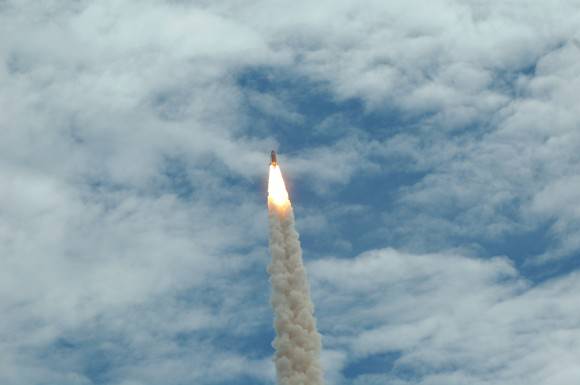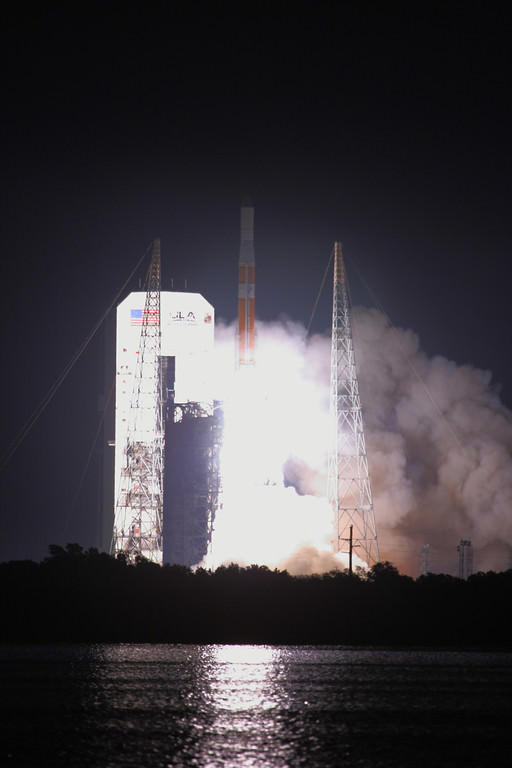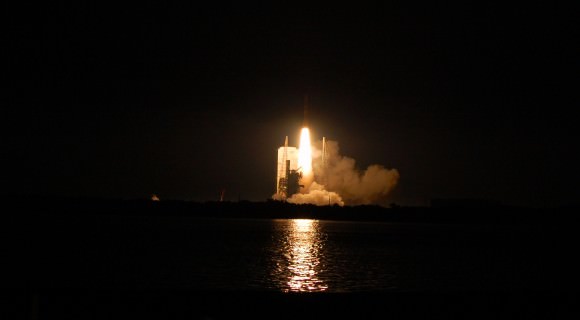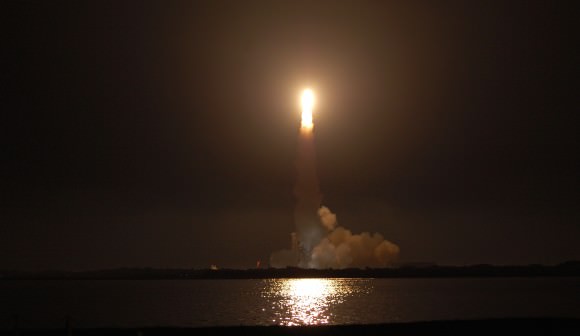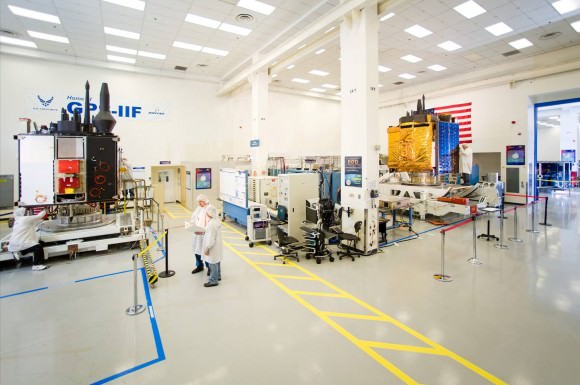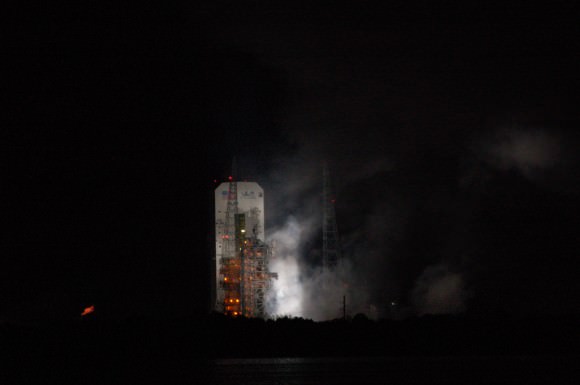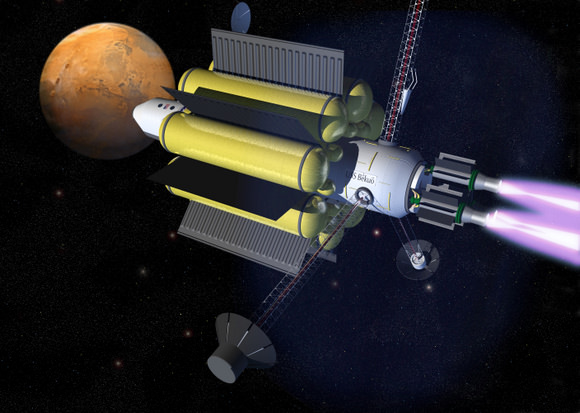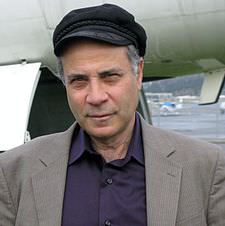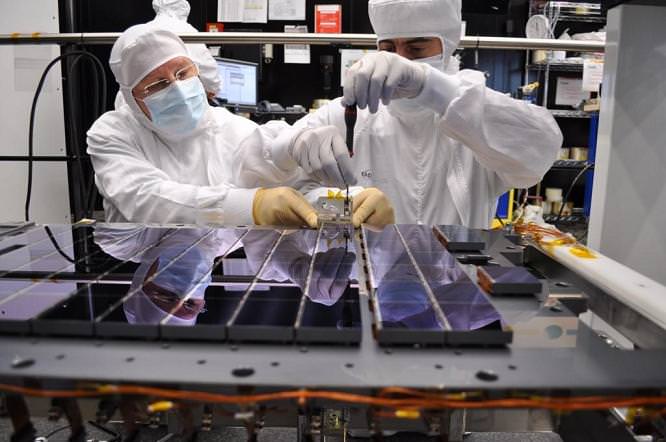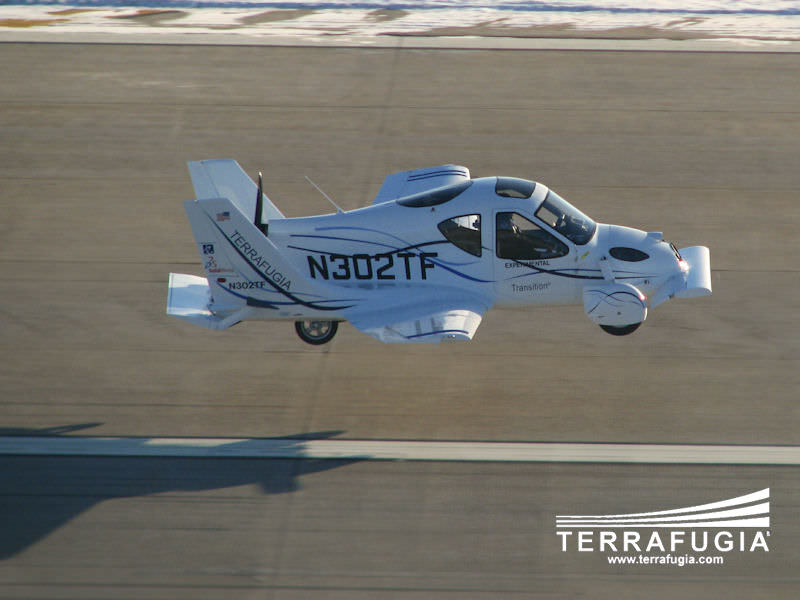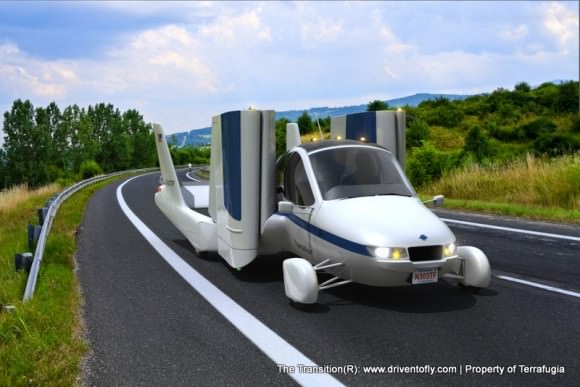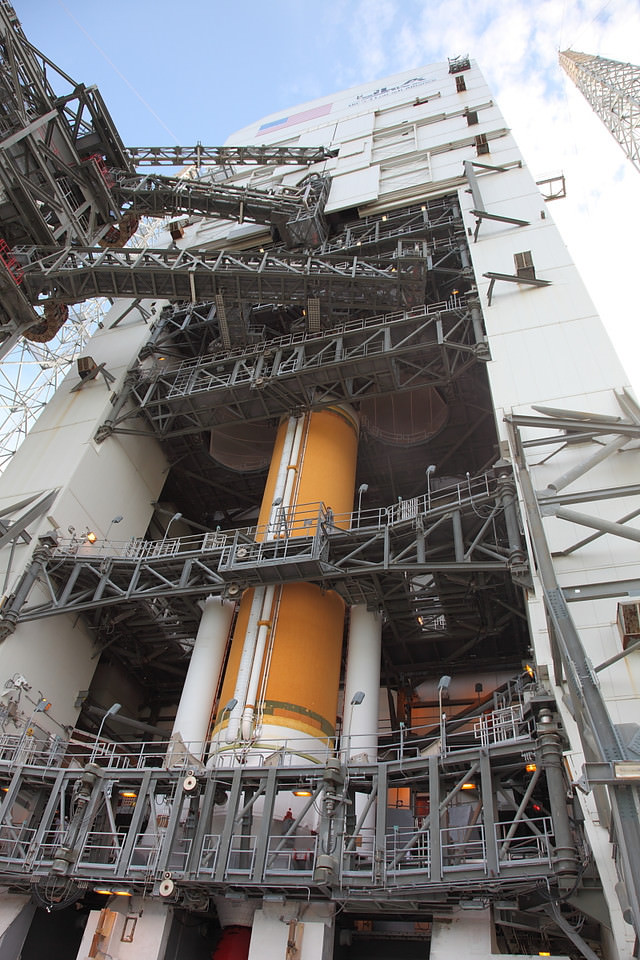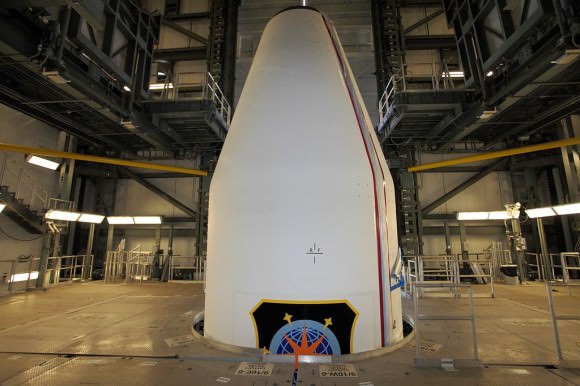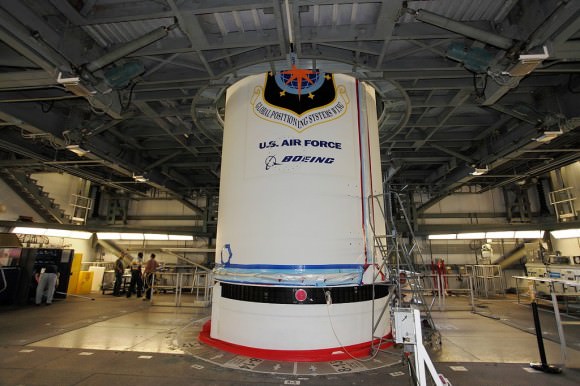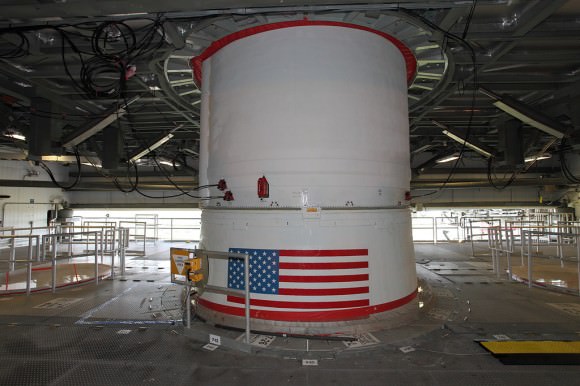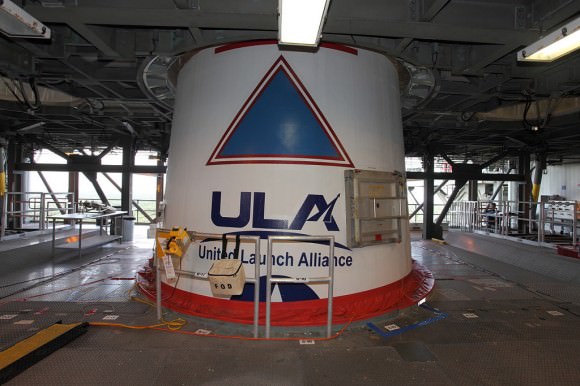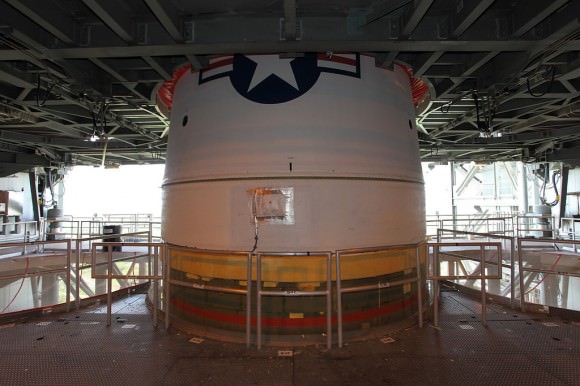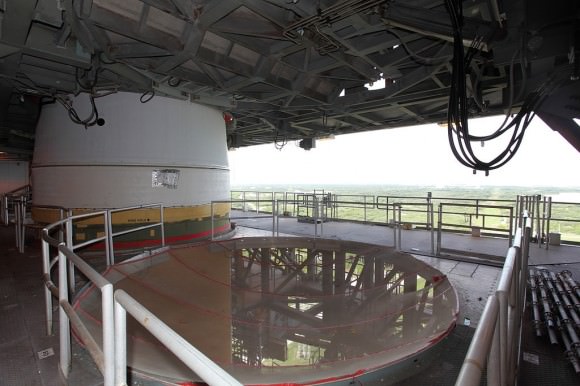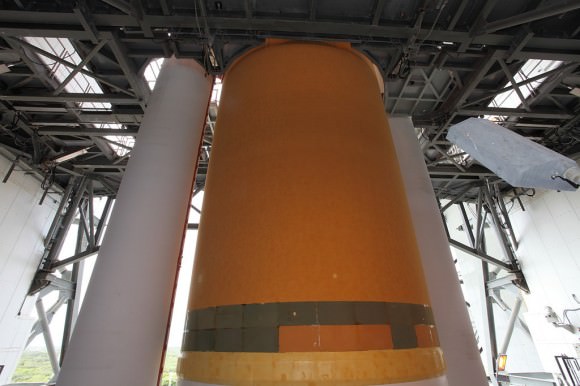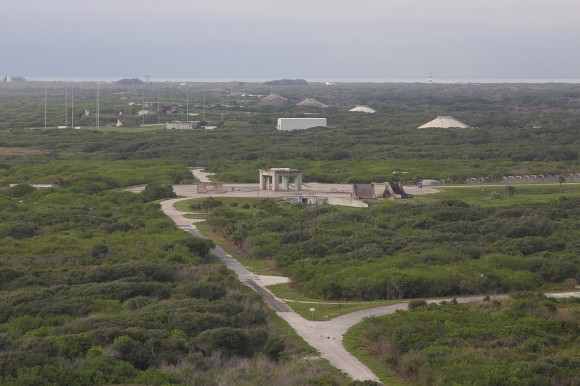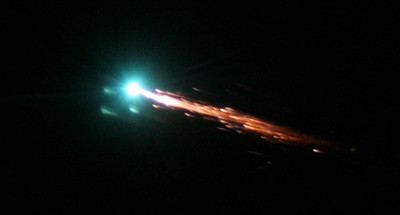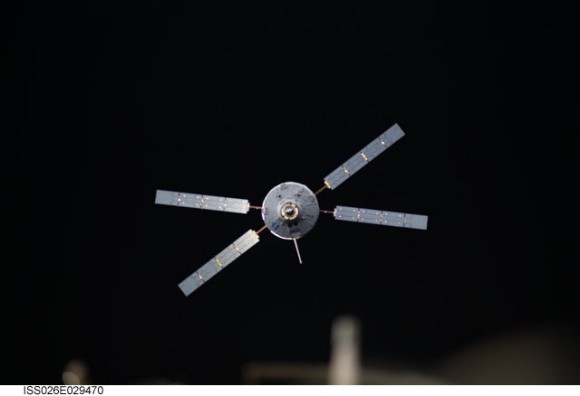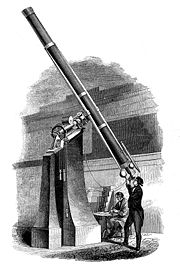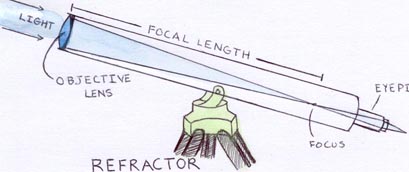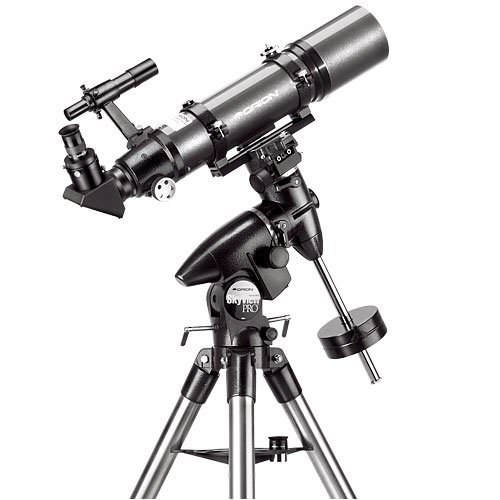[/caption]
CAPE CANAVERAL Fla. – The shuttle program has drawn to a close. Present at the final flight was one of the two men who rode fire on the very first shuttle mission – Robert Crippen. He sat down and shared his thoughts and perspectives with Universe Today regarding this turning point in aerospace history.
Crippen’s space flight career began alongside moonwalker John Young, who served as commander of STS-1. The orbiter for that flight was Columbia and the mission lasted about two days. Despite the mission’s brief time on-orbit it has come to be known as one of the most audacious test flights in aviation history.
Crippen would go on to fly three more missions on board the shuttle on missions STS-7, STS-41C and STS-41G. He would eventually become the Kennedy Space Center Director from 1992 until 1995 before working in the private sector.
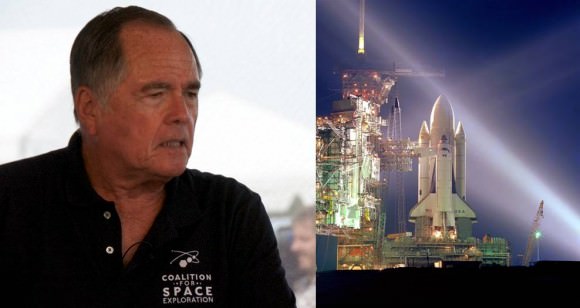
Universe Today: Thanks for talking with us today.
Crippen: Thanks for having me.
Universe Today: How do you think people will view the legacy of the shuttle program?
Crippen: “You never really know what history is going to say, but when I look back I’m really proud of the shuttle, its done revolutionary things, not just satellites, and the Hubble Space Telescope, but also the International Space Station, just accomplishment after accomplishment – but we had our share of tragedies as well. When I think of what people will think I always go back to a ‘Brooks and Dunn’ song – ‘You’re going to miss me when I am gone.”
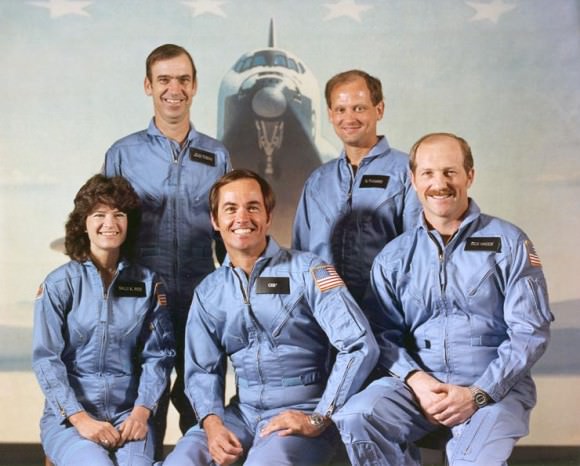
Universe Today: The shuttle that is launching today, is it all that different from what you flew on STS-1?
Crippen: “Airline pilots used to come up and tell us that their planes were better than the shuttle,” Crippen said. “You have to understand why they were saying that, when the shuttle first flew the gauges had little metal arms in them and the shuttle was still using cathode ray tubes – so yes, it is very different from I first flew on in 1981.”
Universe Today: What was it like on that first mission? Did you think with all the new technology and this completely new way of launching to orbit that you were going to go when you did?
Crippen: “I honestly didn’t think we were even going to launch when we did. But when those solids lit I had no doubt in my mind that we were going someplace! The best part was that John’s blood pressure stayed really low, like at around 90 and mine was really high, it was up around 130. All John had to say was that he was too old and his blood pressure wouldn’t go any faster.”
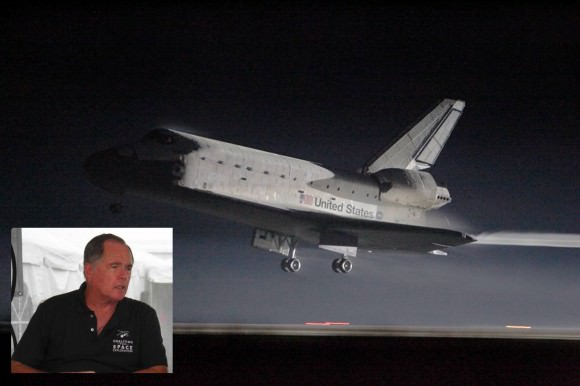
Universe Today: Bob you work with the Coalition for Space Exploration (CSE) this organization has put out a couple of well-produced Public Service Announcements lately, what are they about and why are they being released now?
Crippen: “Well, these PSAs try to focus on what I call the ‘spin-offs’ of the space shuttle program. The program has helped to produce or improve everything from heart pumps, how to rescue people out of vehicles after accidents and those types of things which, while important, one of the really important things that the space program does – is inspire.”
Universe Today: Thanks for taking the time to speak with us today, we know that you have a pretty tight schedule.
Crippen: No problem, it was my pleasure.
Crippen was kept very busy on launch day and soon he was off to another interview. As he headed out he turned and stated that he was proud that part of STS-1 (one of the Solid Rocket Booster segments) was flying on this final shuttle mission, he also made a prophetic comment concerning the weather. “You never know how the Florida weather is going to work, but I have a good feeling about today.” Less than an hour later, the final space shuttle mission thundered off of the launch pad – and into history.
